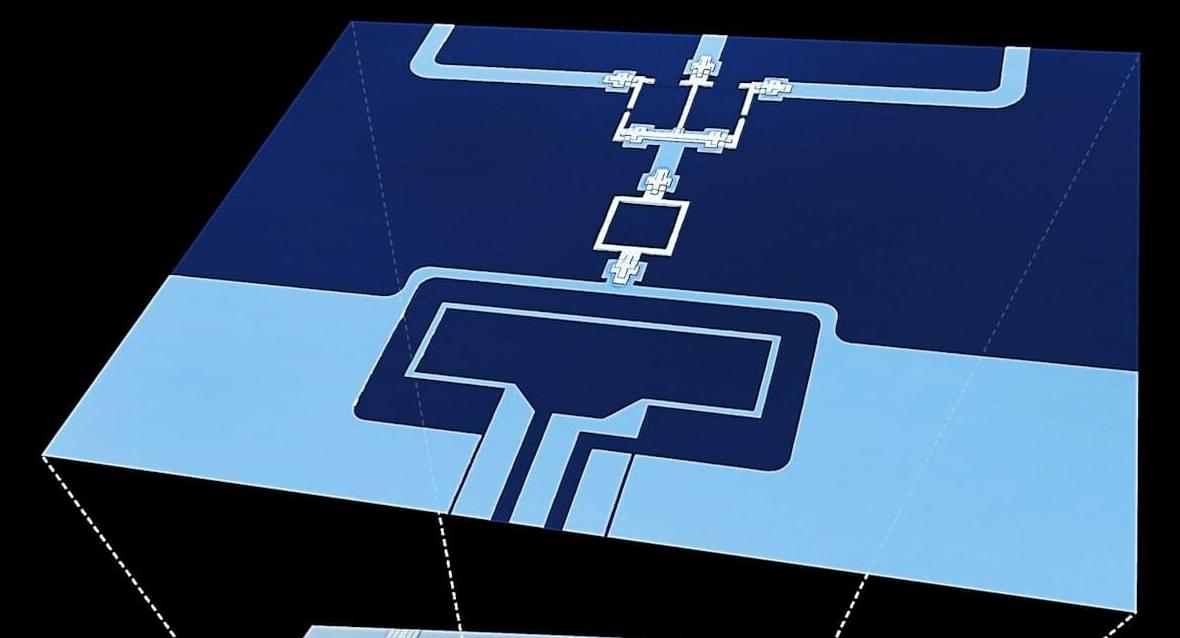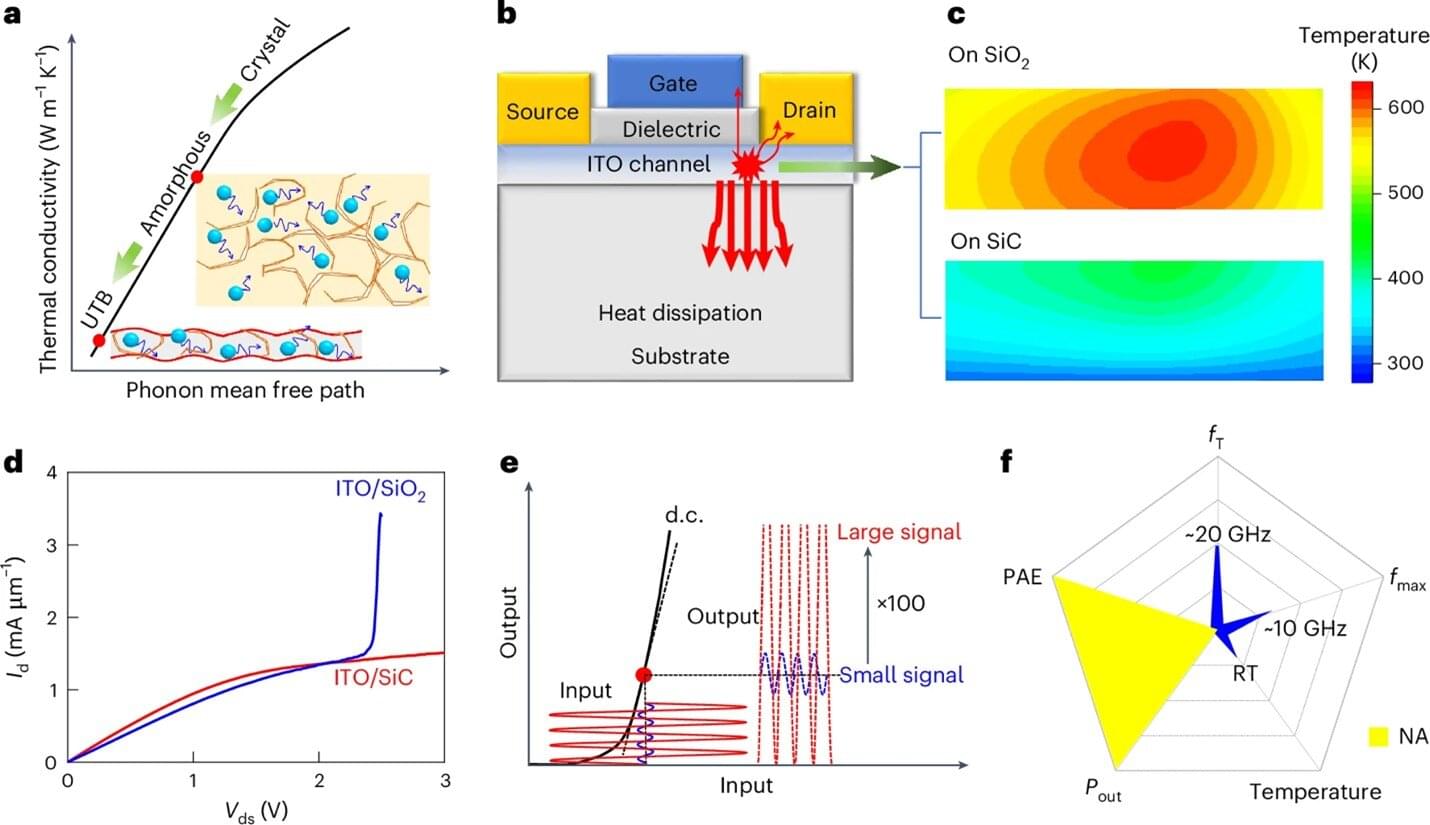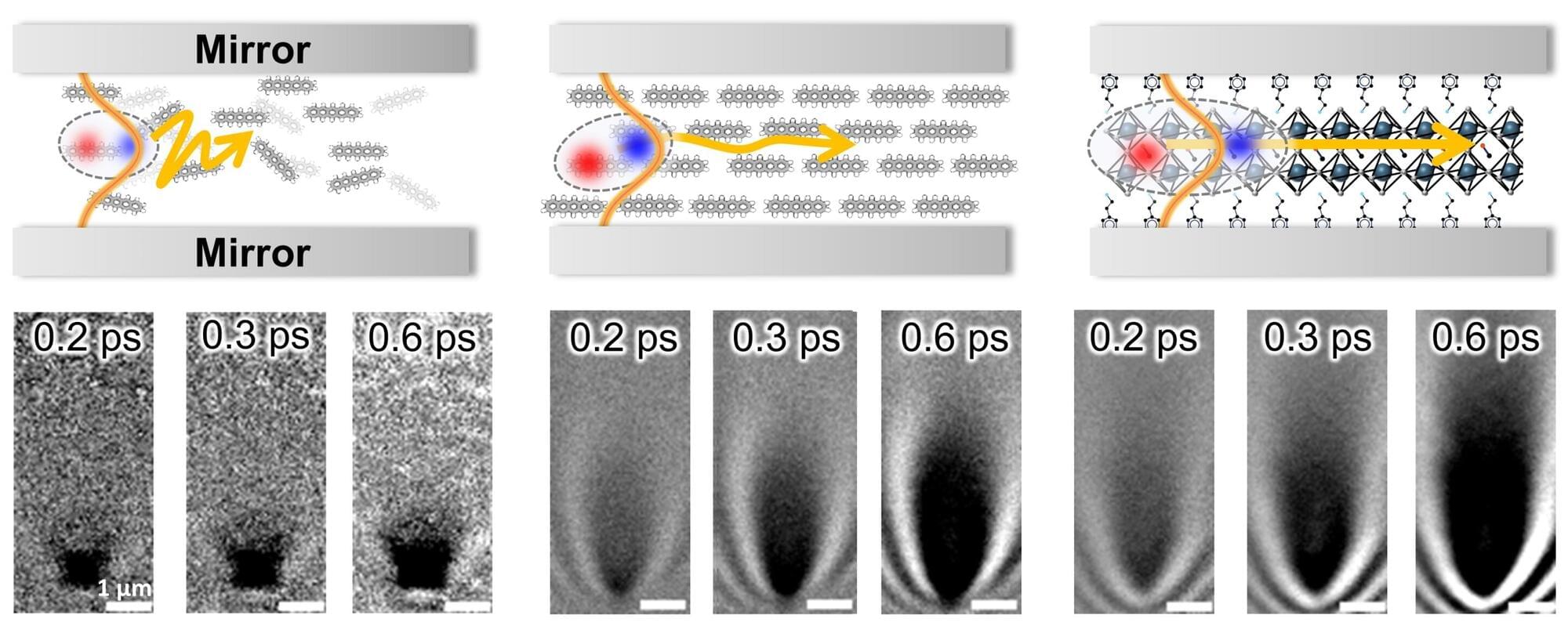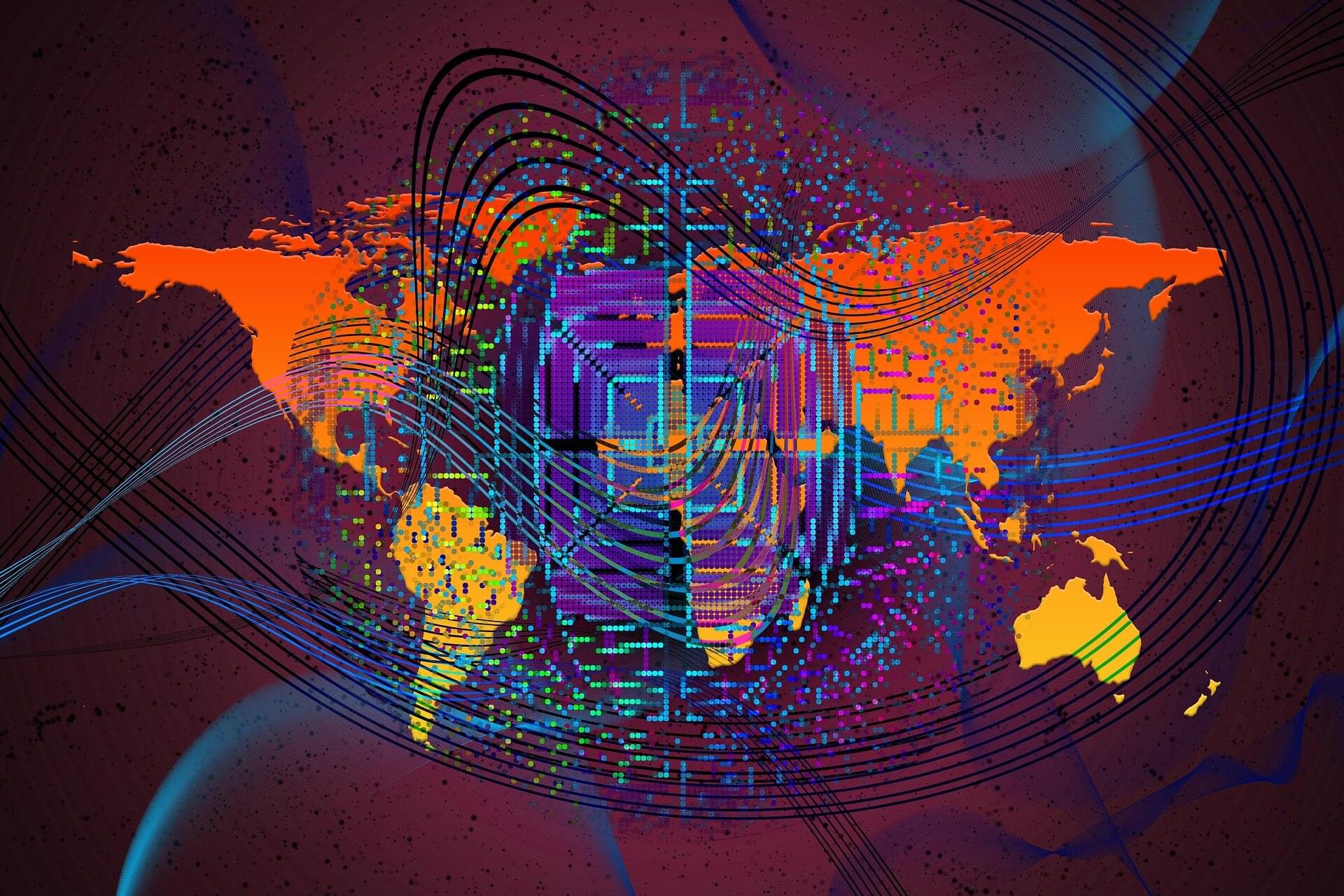A team led by academician Huang Ru and Professor Wu Yanqing from the School of Integrated Circuits at Peking University has developed a super-thin, high-performance semiconductor with enhanced heat conductivity, enabled by a silicon carbide (SiC) substrate. The research, published in Nature Electronics under the title “Amorphous indium tin oxide transistors for power amplification above 10 GHz,” marks a significant step forward in next-generation radio-frequency (RF) electronics.
Amorphous oxide semiconductors (AOS) enable low-temperature, large-area, and chip-compatible processing with high carrier mobility. However, their inherently low thermal conductivity leads to self-heating effects, which limit top-gate scaling and high-frequency operation in applications such as 5G communications and the Internet of Things. Overcoming this trade-off between speed and thermal stability remains a central challenge.
This breakthrough using a SiC substrate overcomes the trade-off between speed and thermal stability in AOS, paving the way for low-cost, flexible, and chip-compatible RF electronics. It demonstrates how combining high-frequency design with effective thermal management can deliver both performance and reliability in high-speed devices.









